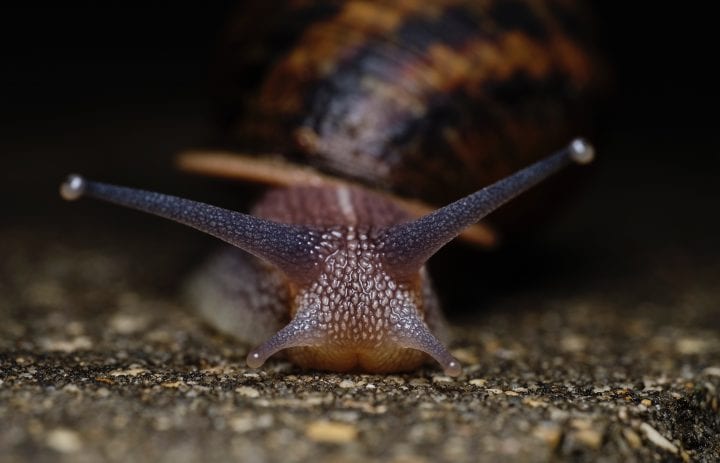Speedometer from Princeton University connects a bacterial flow-regulating and light-emitting genes to create a real-time visual flow meter.
Benefits
- Dynamic
- Responsive
Applications
- Medical treatment
- Sensors
UN Sustainable Development Goals Addressed
-

Goal 9: Industry Innovation & Infrastructure
Bioutilization
- Pseudomonas aeruginosa
The Challenge
Flow monitoring systems are important in many different industries. Whether to measure blood flow in medical settings, or pipe flow in industrial settings, the rate is an important parameter that may dictate the system’s performance. Traditional flow sensors are force-based, meaning they need to be in contact with the liquid to sense the flow rate, which can result in contamination.
Innovation Details
The speedometer is made of a bioengineered connection between the flow regulated operon present in the pseudomonas bacteria and the gene that causes the bacteria to glow. The bacteria’s glow intensity changes in real time as flow rates change.
Biomimicry Story
Some bacteria use rheosensing as a way to detect liquid movement in their surroundings. Rheosensing is a force-independent sensory mechanism based on the rate the fluid passes by.




